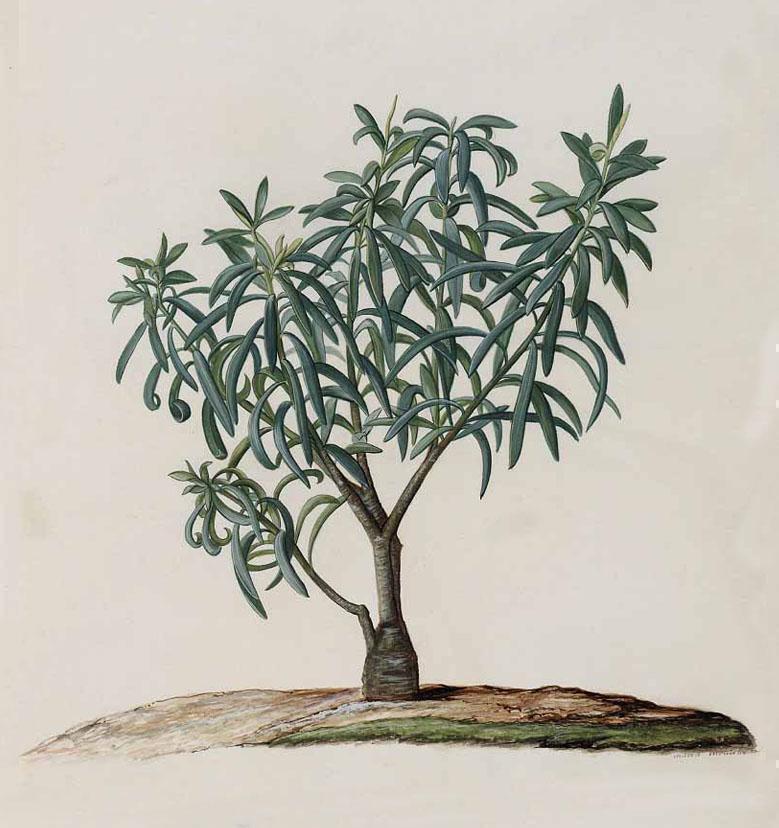Euphorbia balsamifera Aiton
EuphorbiaceaeEl nombre del género es en honor del médico de Juba II de Mauritania (s. I a.C.), quien estudió el uso medicinal del látex de varias euforbias presentes en el norte de África. Precisamente el epíteto balsamifera del latín balsamum (bálsamo) y fer (portar), alude a las propiedades medicinales de esta especie. Su nombre vernáculo, tabaiba dulce, deriva del tamazight insular ⵜⴰⴱⴰⵉⴱⴰ (ta-baba > tabayba > tabaiba).
Es una especie longeva de arbusto suculento característico del Tabaibal-Cardonal de la Macaronesia. Su presencia se extiende por todas las islas del archipiélago canario y la costa marroquí, del Sáhara Occidental, Mauritania y Senegal (algunos autores diferencian las plantas del continente como E. balsamifera var. rogeri o subsp. rogeri). Prefiere, por tanto, zonas costeras (normalmente aparece hasta los 300 msnm aunque se ha constatado por encima de los 600m en el sur de las islas), tolerando muy bien los vientos, y ocupando el piso basal del matorral xerofítico macaronésico (en laderas, malpaíses, pedregales y riscos). Es una especie especialmente abundante en Fuerteventura y Lanzarote (donde es símbolo natural de la isla). En el SO de la península arábiga se encuentra su pariente más próxima, la Euphorbia balsamifera subsp. adenensis (Deflers) P.R.O.Bally.
El Tabaibal-cardonal se compone de otras tabaibas, verodes, bejeques, cardoncillos, cornicales, guaidil, vinagrera, balo y otras especies, algunas introducidas como la tunera y la pita (ambas de origen americano). Es semicaduca (en época seca), no llegando a perder completamente la hoja si las condiciones lo permiten. Sus hojas aparecen en roseta, y está muy ramificado, formando verdaderas matas redondeadas impenetrables de apariencia "mullida". Por eso mismo se adapta bien a los vientos, tomando muy diferente porte según las condiciones del lugar: puede superar los 4 m de altura, pero normalmente está entre 0,5 y 1,5 metros.
Presenta bastante variabilidad morfológica en la hoja y pilosidad de sus frutos, con pequeñas flores amarillo-verdosas en forma de copa (ciatos), que dan lugar a un fruto en forma de cápsula con 3 partes, color amarillo o rojizo que se distribuyen por balocoria.
En la medicina tradicional de las islas, su látex se utilizaba para una especie de chicle fortalecedora de las encías, además de otros usos, como por ejemplo servir de antídoto para los efectos del látex cáustico de otras euphorbias como el cardón y la tabaiba amarga. Tambien hay constancia del uso de su látex para calafatear embarcaciones, e incluso el uso de su madera porosa para tapones.
Procedencia
AfricanoCalendario
Hábitat
Morfología
 Arbusto
Arbusto
 Mata
Mata
 Simple
Simple
 Lanceolada
Lanceolada
 Oblonga
Oblonga
 Otras disposiciones
Otras disposiciones
 Entero
Entero
 Cuneada
Cuneada
 Obtuso
Obtuso
 Agudo
Agudo
 Perenne
Perenne

 Powered by
Powered by